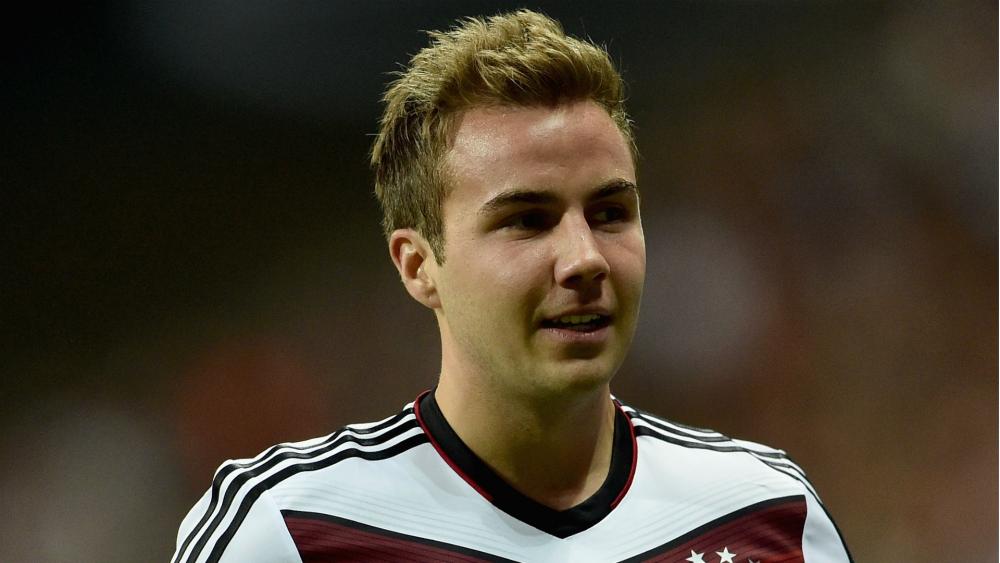FourFourTwo's 50 Best Football Managers in the World 2015: No.4
Atletico's Argentinean maestro goes under Martin Mazur's microscope...
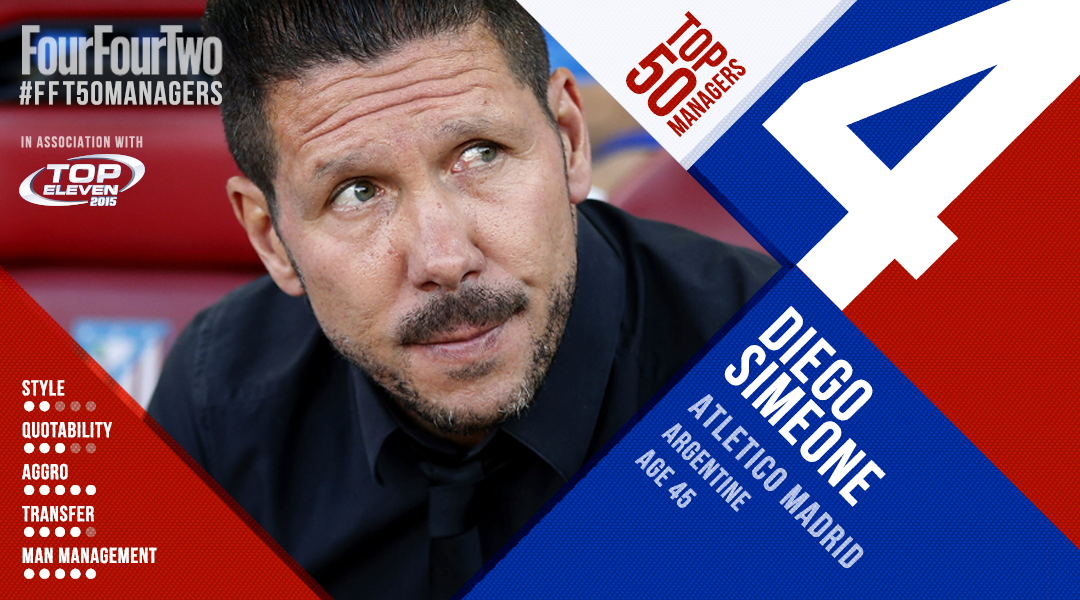
It’s easy to forget the speed and disorder of Diego Simeone’s early managerial career. Four Argentine clubs in three years were followed a solitary season in Italy with Catania, before he returned to his homeland for six months with former club Racing. But then it all changed.
Suddenly, Simeone found his place in the world at Atlético Madrid, where his jerseys from the golden 1996 era were still on sale when he was appointed to avoid relegation in December 2011. It looked like a trap; a quick way to relieve pressure on the board and deflect it to one of the biggest club stars of the last three decades.
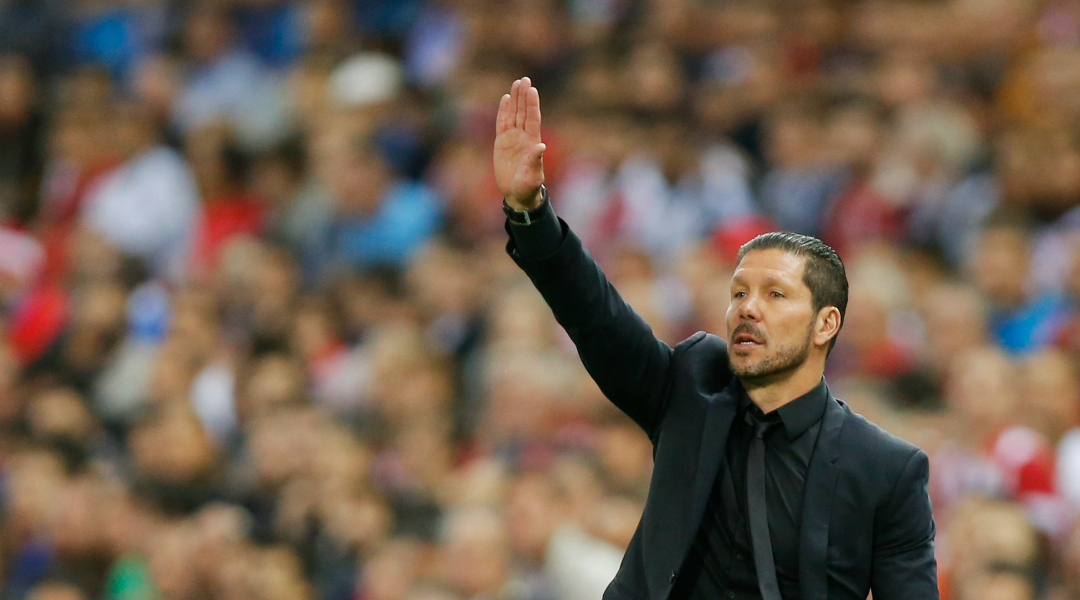
But quick decision-making has always been a distinctive feature of Simeone. It all started the day his agent locked him up in a Vélez Sársfield office and asked him whether he’d like to play in Italy. Simeone, then 19, had only a 15-minute window to answer yes or no, otherwise the deal with Pisa would collapse. He accepted without consulting.
Cholo’s charter
The same happened when Atlético came looking for his services. A few months before he’d accepted an offer from Universidad de Chile, which later collapsed: he wasn’t one of the most sought-after managers in the world, as he is today.
But in a few weeks, life at relegation candidates Atlético looked different. Now it seemed almost like a tale from a parallel universe for Colchoneros fans, who gradually saw their club installed among Europe’s elite with Europa League, Super Cup, La Liga and Copa del Rey titles preceding the Champions League final in 2014.
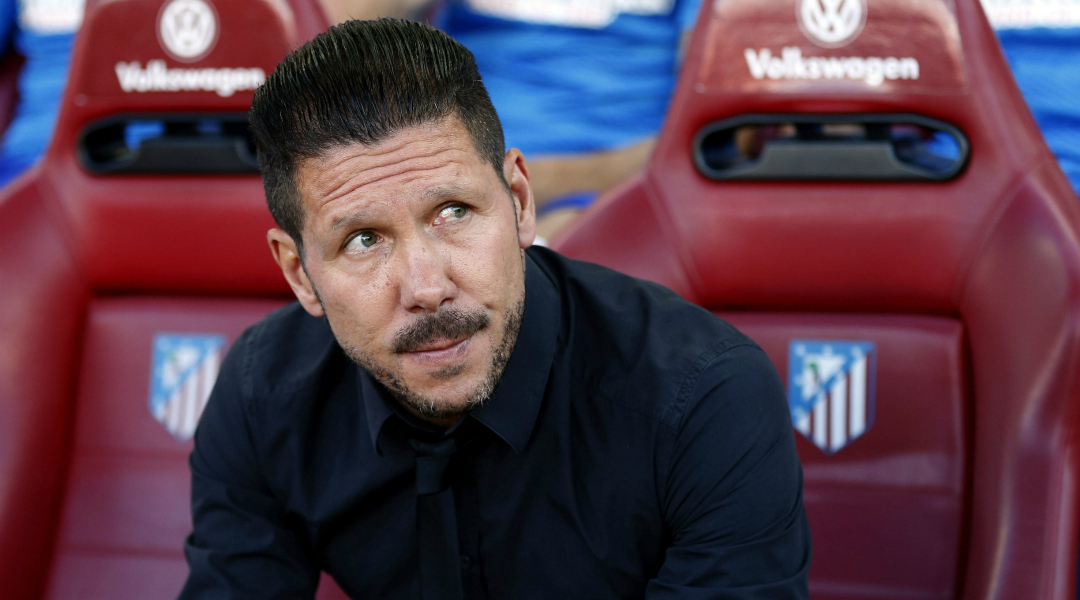
Simeone took Bielsa’s pressing concept but redeveloped it into something completely new
“The truth is that I don’t really believe in long-term plans; as a manager I’m always thinking that I might be sacked the next game,” he told El Gráfico last year. “That’s not a pressure, you know, it’s just a way I live football. But of course it’s nice to have long-term contracts and be able to develop the idea of football you like.”
Get FourFourTwo Newsletter
The best features, fun and footballing quizzes, straight to your inbox every week.
The idea that Simeone wants is somewhat revolutionary. When the football world was closely following Pep Guardiola’s revolutions at Barcelona, and ball possession became an obsession to some clubs, Simeone was busy creating an alternative method of winning – a way that (almost) didn’t include the ball. “I don’t believe in ball possession just for the sake of it,” he emphasised.
Attitude and application
In his playing career, Simeone had the most varied offer of managers available at the time – from ultra-tactician Carlos Bilardo, arguably the one he resembles the most, to super-cool coaches like Alfio Basile and Sven-Goran Eriksson. But it’s Marcelo Bielsa who really influenced him; the person who inspired the final part of his career.

Simeone took Bielsa’s pressing concept but redeveloped it into something completely new. He found a way to achieve Bielsa’s intensity without just pressing opponents in the final third, encouraging aggressive tackling close to his side’s own box before instructing his players to advance to the other end as quickly as possible. “We’ve developed a way of playing that I feel identified with,” he affirmed.
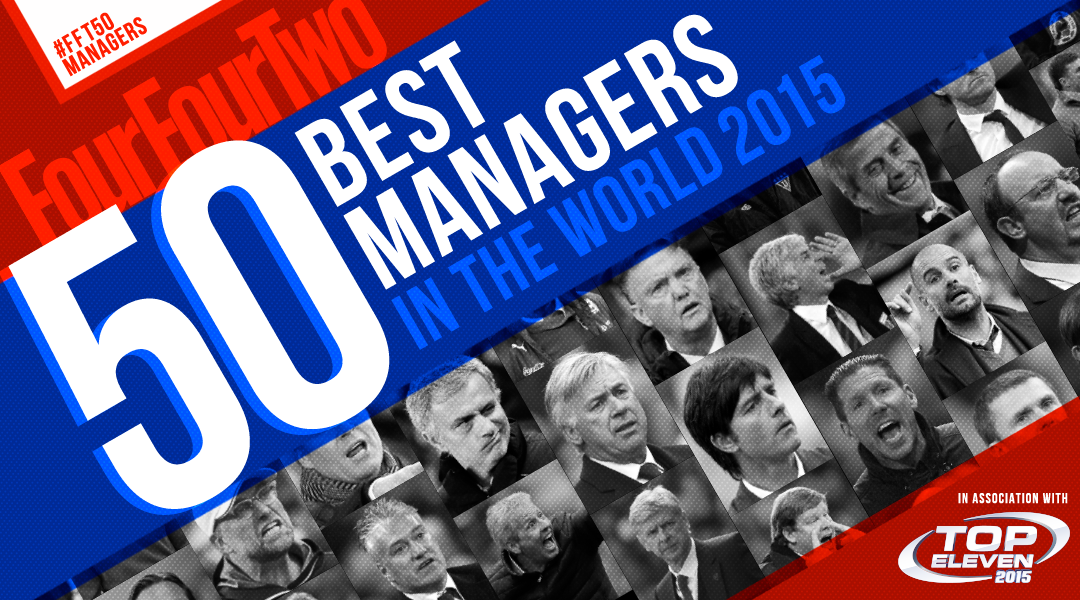
But it has nothing to do with tactical shapes or pressing – it’s all about attitude. Diego Simeone’s teams all reflect the style that Diego Simeone had as a player. His character, never-say-never attitude and fighting spirit are visible, and they’re his main assets as manager. Just as it’s not possible to copy Barcelona’s style without having their players, it’s impossible to copy Atlético Madrid’s tactics without Simeone.
In order
“Simeone has a winning personality, I could see that from the day he started with us in the U20 national team,” said former manager Carlos Bilardo.
“The first day he was supposed to show up for training, he made a mistake and went to the FA building instead of coming to train with us. Giving up? That’s not in Cholo’s vocabulary. He called us, hitch-hiked, got on two different buses without any money and arrived running even if the training session had ended. I was so stunned that I asked him to stay and train with the senior side,” recalled the World Cup-winning coach.
Simeone is a fan of 4-2-3-1 as a starting formation, with strong emphasis on defensive duties and a double pivot who acts as the core of his teams. Generally, it’s almost impossible to find his players out of position or catch them off guard on the counter-attack.
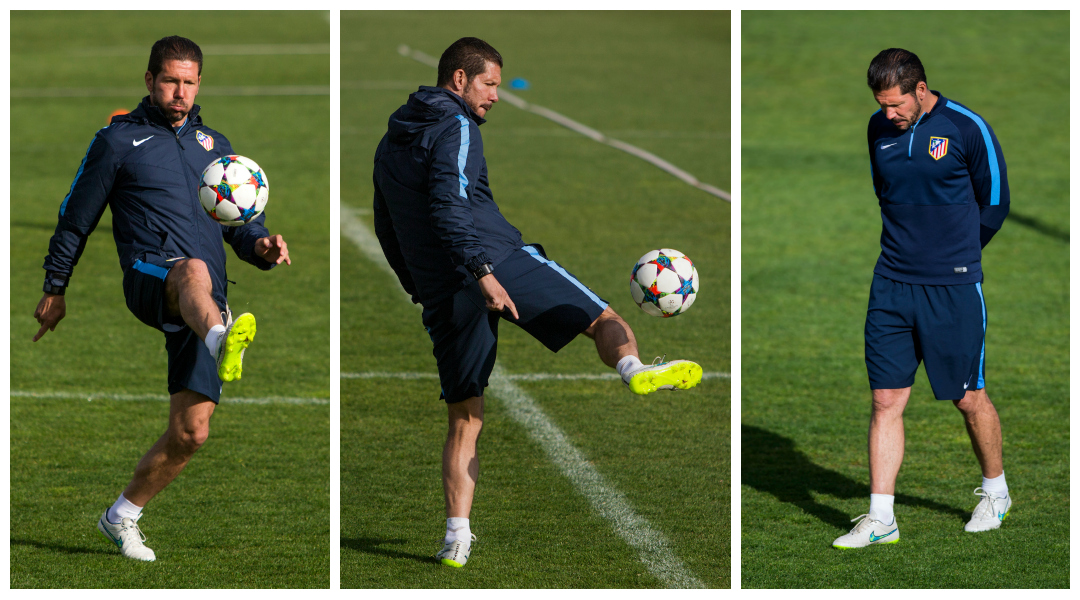
The truth is that I don’t really believe in long-term plans; as a manager I’m always thinking that I might be sacked the next game
“Order against order, the players win,” he usually explains. “But if we have order against lack of order, then order will always win. You can try high, medium or low defending, depending on where you want to recover the ball, or you could also try defending with ball possession for 80 minutes. One way or another, you have to be able to defend.”
Many predicted that Simeone’s life at Atlético Madrid wouldn’t last long. But now, having already achieved almost everything possible in Madrid’s capital, the 45-year-old remains positive and thinks there are still new objectives – and new giants to upset.
Just so long as nobody tells him that he looks settled or complacent. Remaining suspicious and wary is his way of life, as he waits for the sacking that will never come.
Tactics corner (by Michael Cox)
The Atletico Madrid side which won La Liga in 2013/14 was the most brilliantly organised side in recent footballing history – and therefore Simeone should be considered amongst Europe’s foremost tacticians.
Rejecting the possession-based approach which has dominated Spanish football for the last decade, Atletico triumphed despite averaging less than 50% of the ball. Simeone generally ordered the team to play extremely narrow from side to side and extremely compact from back to front; this meant the 10 outfielders formed an impenetrable block in the centre of the pitch, dominating the midfield through position rather than possession. It was usually 4-4-2, but with the centre-forwards so deep while out of possession, arguably closer to 4-4-2-0.
There are nuances and variations in the way Atletico play, however. They can press higher with the defence taking up a more aggressive starting position, for example, and their attacking approach, while depending heavily upon good transitions, varies according to whether the centre-forwards are about speed, flair or aerial ability.
Simeone has also enjoyed good spells with the likes of Estudiantes and River Plate in Argentina, but we’re yet to see whether the brand of football seen at Atletico – with whom Simeone won the domestic double as a player – can be successfully applied at other major European clubs. As with Guardiola, this might simply be his optimum approach at his former club, and he’ll be more wily elsewhere.
FFT's 50 Best Football Managers: 50-46 • 45-41 • 40-36 • 35-31 • 30-26 • 25-21 • 20-16 • 15-11 • 10 • 9 • 8 • 7 • 6 • 5 • 4 • 3 • 2 • 1
#FFT50MANAGERS See our full list of top 50 managers in the world and features on them here
Check out FourFourTwo Polls and Contests on LockerDomeon LockerDome
